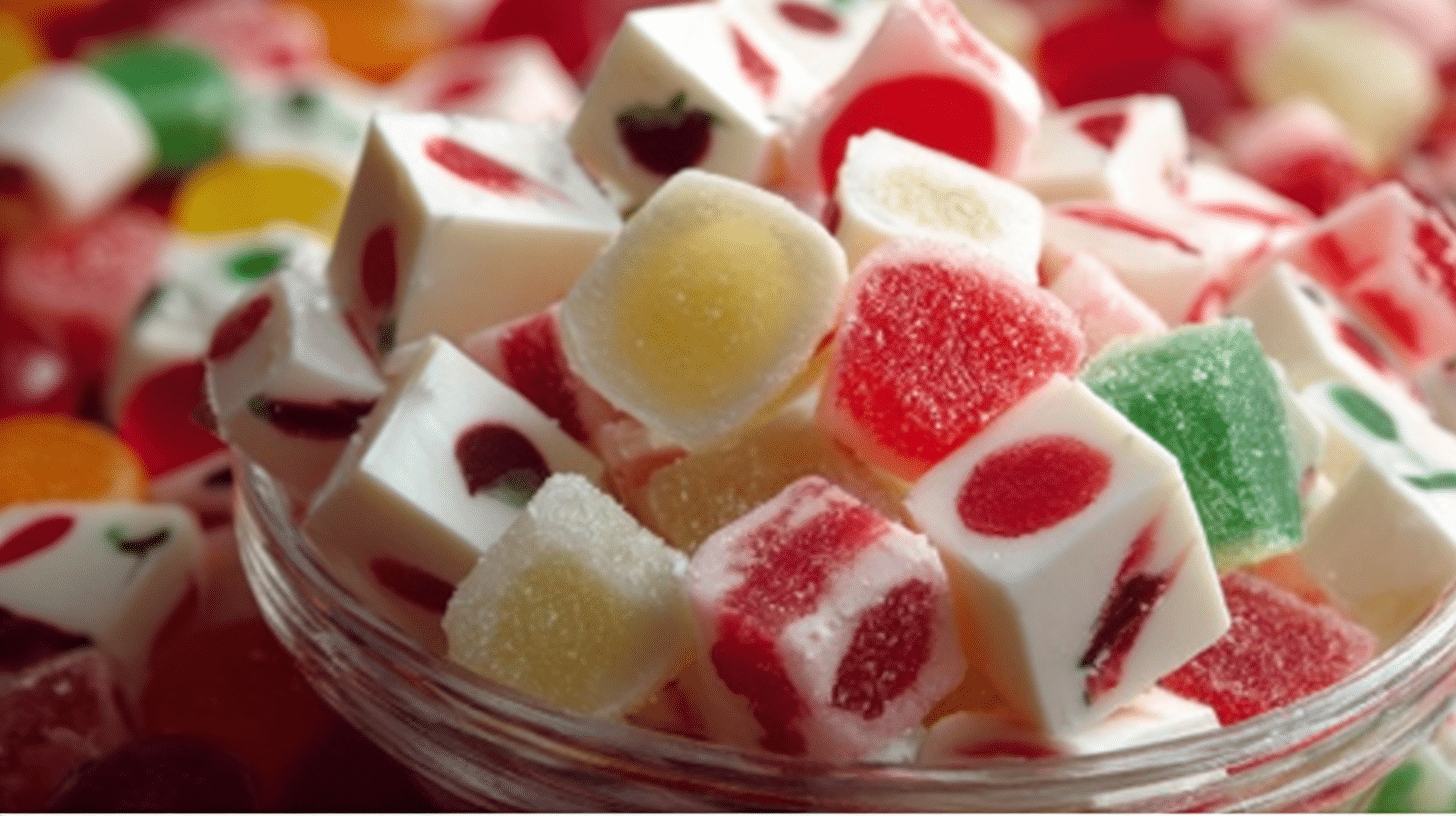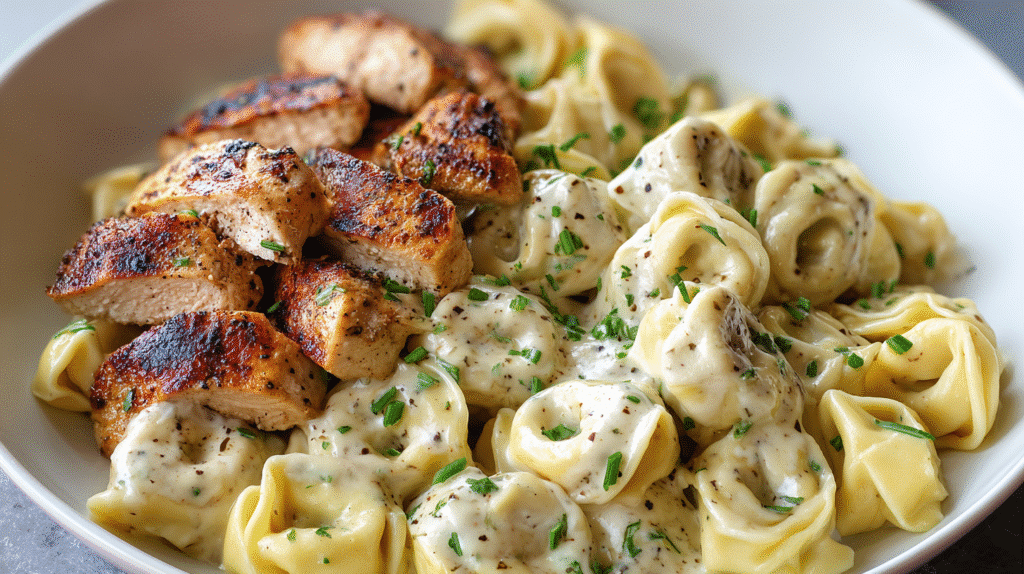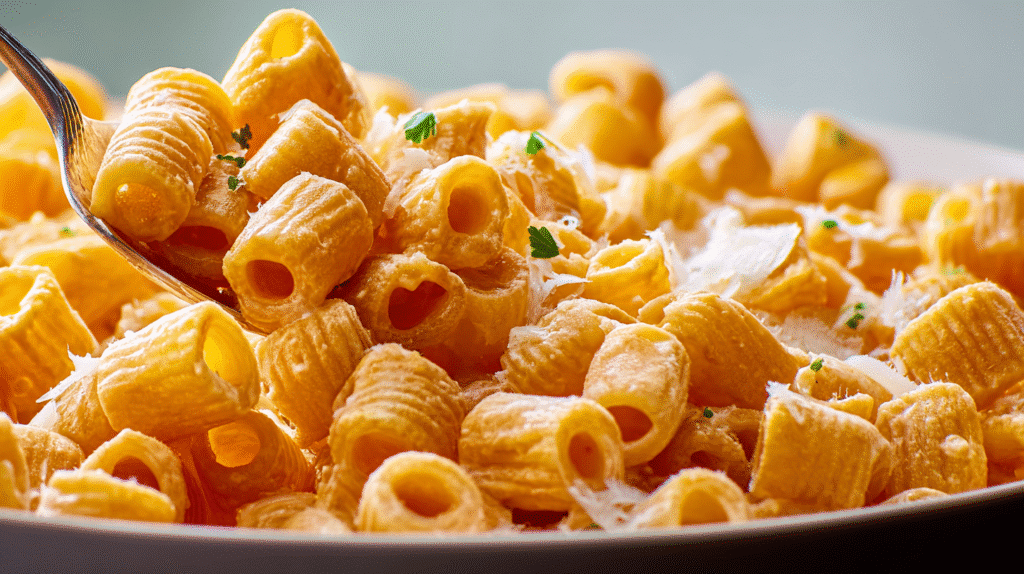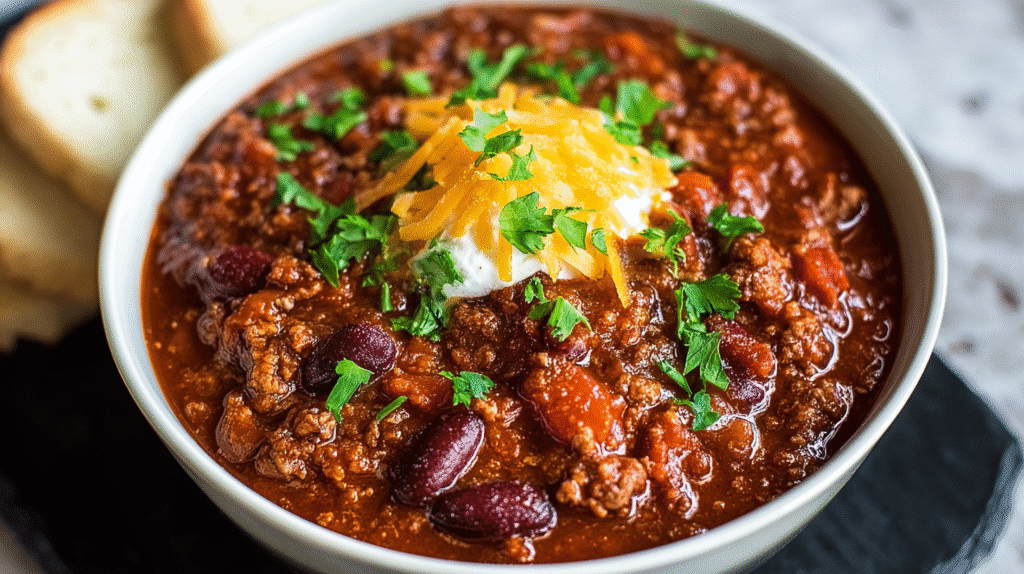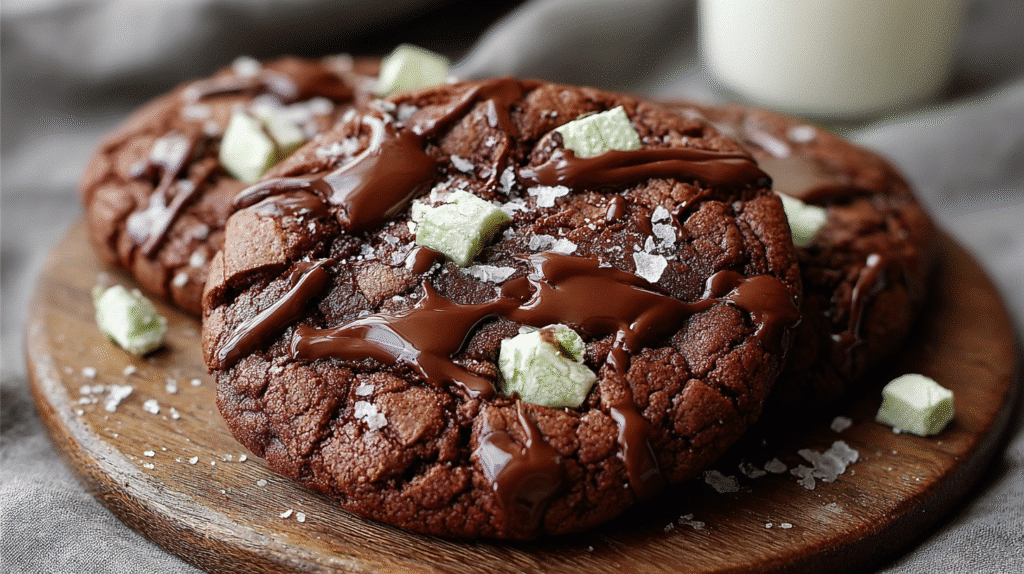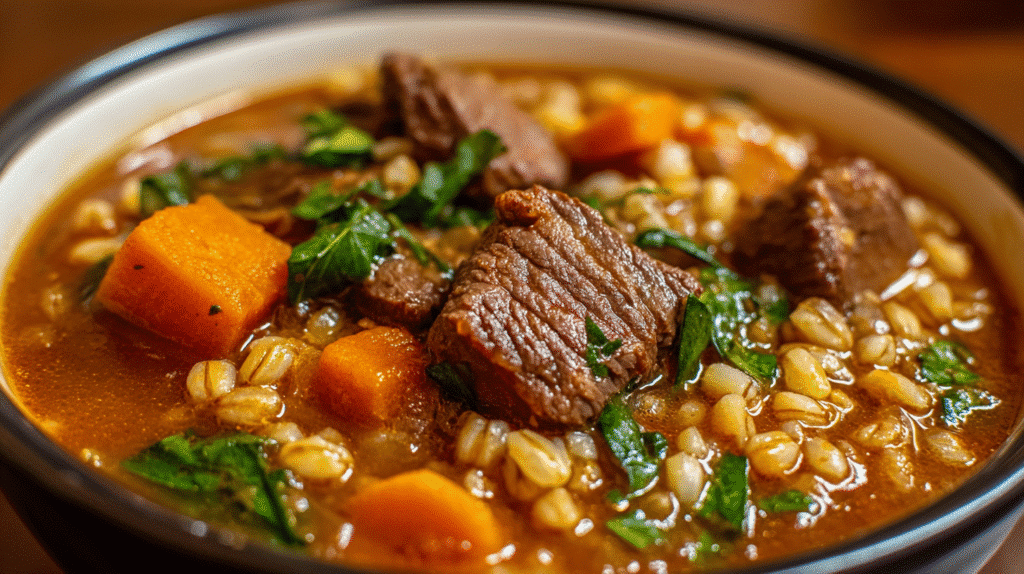Christmas Candy Recipe – Easy Homemade Holiday Sweets for Gifting & Celebrations
Introduction
Christmas Candy is more than just a sugary treat — it’s a tradition wrapped in nostalgia, joy, and festive sparkle. From the crackle of peppermint bark to the creamy richness of fudge, holiday sweets create a sense of wonder that instantly transports us back to cozy winter nights, glowing lights, and gatherings with loved ones. Whether you call them holiday sweets, festive candy, or yuletide treats, these confections are a universal symbol of celebration.
In this article, you’ll discover not only how to make irresistible Christmas candy recipes at home, but also pro tips, serving ideas, storage hacks, and creative variations. Get ready to craft sweet Christmas treats that will delight your family, impress guests, and become a cherished part of your holiday traditions.
👉 By the end, you’ll have everything you need to fill your table (and gift baskets!) with homemade Christmas goodies that taste as magical as they look.
Why You’ll Love This Christmas Candy Recipe
-
Festive Flavors – A mix of peppermint, chocolate, caramel, and fruit makes every bite unforgettable.
-
Quick & Easy – Ready in under an hour, so you can whip up a batch even last-minute.
-
Budget-Friendly – Uses pantry staples and simple ingredients, no fancy tools required.
-
Family Fun – A perfect activity to do with kids during the holidays.
-
Great for Gifting – Homemade holiday confections are thoughtful presents wrapped in love.
-
Customizable – Endless variations for diets, flavors, and creative add-ins.
-
Winter Tradition – Every batch adds to the warmth and joy of the season.
Ingredients for Homemade Christmas Candy
When making Christmas confections, ingredient quality matters. Here’s what you’ll need (and why):
-
Sugar (granulated & brown) – The backbone of any holiday sugar treats, giving caramelization and structure.
-
Butter – Adds richness and smooth texture to fudge and brittles.
-
Chocolate (dark, milk, white) – The heart of holiday chocolates; opt for high-cocoa quality.
-
Peppermint extract & candy canes – Infuse your festive sweets with a refreshing, seasonal kick.
-
Nuts (pecans, almonds, walnuts) – Bring crunch, balance, and healthy fats.
-
Dried fruit or cherries – Natural sweetness and a pop of color.
-
Marshmallows – Lighten textures in fudge and rocky road.
-
Vanilla extract – Elevates flavors for all winter candy bases.
-
Optional toppings: sprinkles, sea salt, edible glitter for extra festive flair.
✨ Substitutions: Use coconut oil instead of butter for a dairy-free version, maple syrup in place of corn syrup, or sugar alternatives like monk fruit for lighter Christmas desserts.
Step-by-Step Instructions
Follow these clear, science-backed steps to master Christmas candy recipes at home:
-
Prep your pans – Line baking sheets with parchment or silicone mats to prevent sticking.
-
Melt with care – Use a double boiler for chocolate to avoid burning; the science lies in controlled heat preventing crystallization.
-
Mix dry & wet – For fudge, dissolve sugar fully before boiling; undissolved crystals can cause grainy texture.
-
Add flavoring – Stir in extracts and toppings off the heat to keep flavors vibrant.
-
Shape & cool – Pour into prepared pans or molds, smoothing evenly. Allow to cool at room temperature before slicing or breaking.
-
Decorate – Crush candy canes or add sprinkles while still slightly warm for beautiful presentation.
🔬 Food Science Note: Candy depends on sugar crystallization. By controlling temperature (soft-ball, hard-crack stages), you decide whether it becomes chewy caramel, brittle crunch, or creamy fudge.
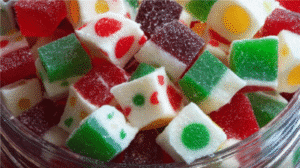
Pro Tips for Perfect Holiday Treats
How do you make Christmas candy without a candy thermometer?
Rely on the “cold water test.” Drop a bit of syrup into cold water: soft ball = fudge, hard crack = brittle.
Can you make Christmas confections ahead of time?
Yes! Most holiday chocolates and fudge last 2–3 weeks if stored properly.
What’s the best candy to gift for Christmas?
Peppermint bark, nut brittle, and chocolate fudge are crowd-pleasers because they package well and stay fresh.
💡 Pro Hack: Add sea salt flakes to caramel candies for a trendy sweet-salty twist.
Best Ways to Serve Christmas Candy
-
Arrange in a festive tin or platter for a holiday party centerpiece.
-
Pair with hot cocoa or mulled cider.
-
Use as edible décor on gingerbread houses or cakes.
-
Wrap in clear cellophane with ribbons for thoughtful homemade gifts.
👉 Love gifting? Try pairing with these Baking Recipes for a complete holiday bundle.
Nutrition Breakdown (per serving, ~1 oz piece)
-
Calories: 140
-
Fat: 7g
-
Carbs: 18g
-
Sugar: 15g
-
Protein: 1g
-
% Daily Value: ~10% of sugar intake
Storage & Leftovers
-
Room Temperature: Store in airtight containers for 2–3 weeks.
-
Freezer: Most festive candy freezes up to 3 months; wrap in parchment then foil.
-
Avoid Moisture: Humidity ruins texture — always use dry, airtight storage.
FAQs About Christmas Candy
Q: Can I use frozen ingredients like cherries or fruit?
Yes, but thaw and dry completely to prevent moisture from seeping into the candy.
Q: Is Christmas candy vegan-friendly?
It can be! Use dairy-free chocolate and coconut oil instead of butter.
Q: How long does homemade holiday candy last?
Depending on type: fudge ~2 weeks, brittle ~3 weeks, chocolate bark ~1 month.
Variations on Christmas Candy
-
Diet-Friendly: Sugar-free versions with monk fruit or stevia.
-
Flavor Twists: Add espresso powder to fudge, orange zest to bark, or chili flakes for spicy chocolate.
-
Regional Touches: Italian torrone, German marzipan, or Mexican cajeta can be adapted into holiday confections.
Conclusion & Call to Action
There’s nothing like the magic of Christmas candy to bring joy, warmth, and sparkle to the holiday season. Whether you make classic fudge, crunchy brittle, or shimmering peppermint bark, each piece carries tradition and love.
✨ Start a new tradition this year: gather your family, whip up a batch of Christmas goodies, and share them with friends, neighbors, or anyone who could use a little holiday cheer.

